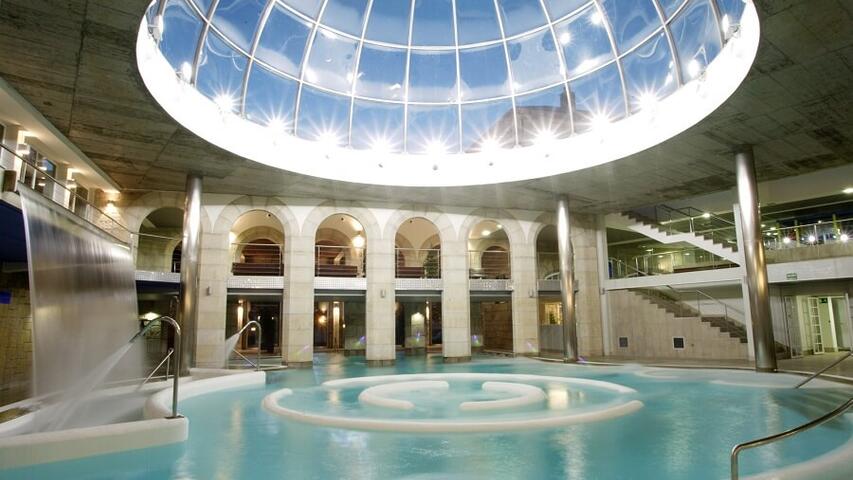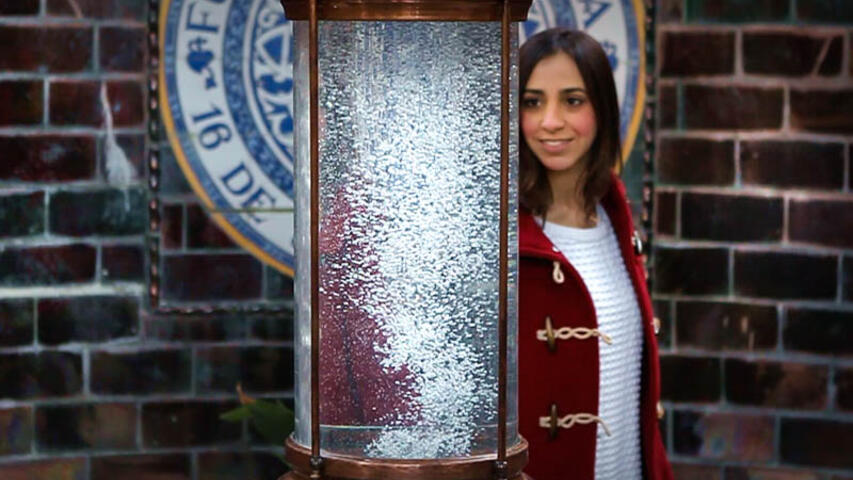Source of health and well-being
Tradition and excellence define the thermal offer of As Rías Baixas
"Here the ravages of thought and the damages of civilisation are cured". This phrase that Emilia Pardo Bazán dedicated to the waters of Mondariz at the dawn of the 20th century could be attributed to any of the quiet villages with a thermal tradition that enrich the tourist offer of Pontevedra. The province is rich in mineral-medicinal waters and has a long tradition of exploiting their curative properties.
The history of the thermal baths of As Rías Baixas dates back to Roman times. Back then, the water that flowed from the Cuntis and Caldas de Reis hot springs was already being used for therapeutic purposes. It was much later, in the mid-19th century, when baths and spas experienced their period of splendour in Europe and the Peinador brothers, following in this wake, began the commercial exploitation of the springs of A Gándara and Troncoso in Mondariz-Balneario.
The old bathhouses of Catoira, Ponte Caldelas or Vila de Cruces used a century and a half ago have disappeared over time. The tradition continues with renewed vigour in Mondariz, Illa da Toxa, Cuntis and Caldas de Reis, which have managed to preserve this legacy and today complement their interest as thermal destinations with a varied cultural and gastronomic offer and spectacular landscapes to stroll through at sunset.
The initial fame of the thermal waters of Pontevedra came from their effectiveness in mitigating respiratory problems and rheumatism, but over time they have also proved to be great allies in beauty, anti-stress and slimming treatments.
The formula for the success of the spas in As Rías Baixas lies in the fact that they have managed to maintain the elegance and stately spirit that surrounded the original facilities while modernising the buildings and incorporating the most innovative techniques for the care of the body and mind. Today they are temples of health and wellness.



